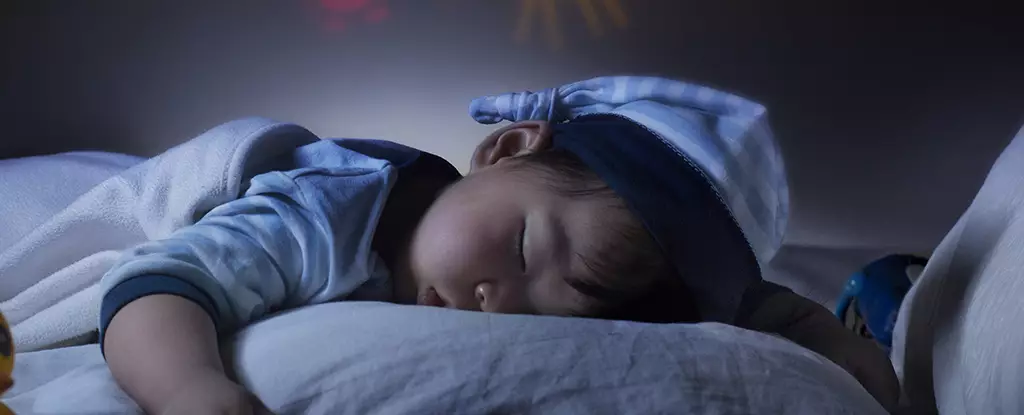Recent studies from the University of Toronto have raised red flags about children’s mattresses, revealing that they may release harmful chemicals linked to cognitive impairments. As a parent, it is unsettling to consider that a seemingly harmless item, the mattress, could emit substances that pose risks to brain health. With many parents trusting that their children’s sleep environment is safe, these findings challenge that assumption and highlight a critical need for scrutiny regarding what we consider safe for our little ones.
The research team examined the presence of semivolatile organic compounds (SVOCs) in the bedrooms of 25 children aged 6 months to 4 years. With a focus on newly purchased mattresses, the researchers identified over two dozen SVOCs, which are often included to enhance mattress durability and fire resistance. What’s alarming is the concentration of these chemical compounds found in “sleeping microenvironments”—the areas where children sleep, including their beds and toys. Particularly troubling was the effect of body heat and weight on the emission of these harmful chemicals, which only adds to the concerns about the safety of sleep environments for young, developing minds.
The Cognitive Implications of SVOCs
The association of SVOCs with myriad health issues, including asthma and cognitive function deficits, cannot be understated. As highlighted by environmental chemist Miriam Diamond, sleep constitutes a vital period for brain development in infants and toddlers. The troubling fact that several of these compounds, like tris(2-chloroethyl) phosphate, are still found in mattresses—even after being banned in Canada—suggests a concerning oversight in manufacturing practices and regulatory frameworks. Shouldn’t manufacturers adhere to high safety standards that prioritize the health of children over convenience?
Moreover, the ambiguity surrounding the synergistic effects of these chemicals needs urgent attention. We simply do not have a comprehensive understanding of how these substances interact within the body, making the potential risks of exposure all the more alarming. Given that children possess more permeable skin and breathe faster than adults, their vulnerability enhances the urgency for stricter regulations.
Parental Responsibility and the Role of Industry
In light of these findings, parents are urged to take a proactive approach in ensuring the safety of their children’s sleep conditions. One practical recommendation for immediate action is to limit bedding items such as pillows, blankets, and even toys, which were found to exacerbate levels of various SVOCs. Washing children’s bedding more frequently can also mitigate exposure, but it should not be the only measure taken.
The onus should not rest solely on parents; manufacturers and regulatory bodies must take heed and adopt stricter safety protocols concerning the materials used in product manufacturing. The lack of proven safety benefits of certain flame retardants points to a significant need for the mattress industry to prioritize health while adhering to flammability standards. It is paramount for safety standards organizations to impose rigorous assessments that focus on children’s well-being.
Advocacy and Future Directions
The growing concern among researchers, like biophysical chemist Arlene Blum, underscores the responsibility that both manufacturers and policymakers owe to young families. The call for enhanced regulatory measures is loud and clear; children’s safety should never be compromised for cost-effectiveness in manufacturing. Awareness and advocacy on this issue must intensify if we are to protect the delicate brains of our developing youth.
It’s imperative for parents to arm themselves with knowledge about what lurks in their child’s sleep environment. Trusting that mattresses are safe simply based on brand reputation or price is no longer sufficient. Such diligence in understanding potential hazards can empower families to demand transparency and safer options from manufacturers.
In a world where children deserve to sleep peacefully, unencumbered by unrecognized dangers, shining a light on these hidden risks is not just important—it is essential. As society progresses, so too must our commitment to ensuring that our children’s sleeping environments are both safe and conducive to healthy growth and development.


Leave a Reply